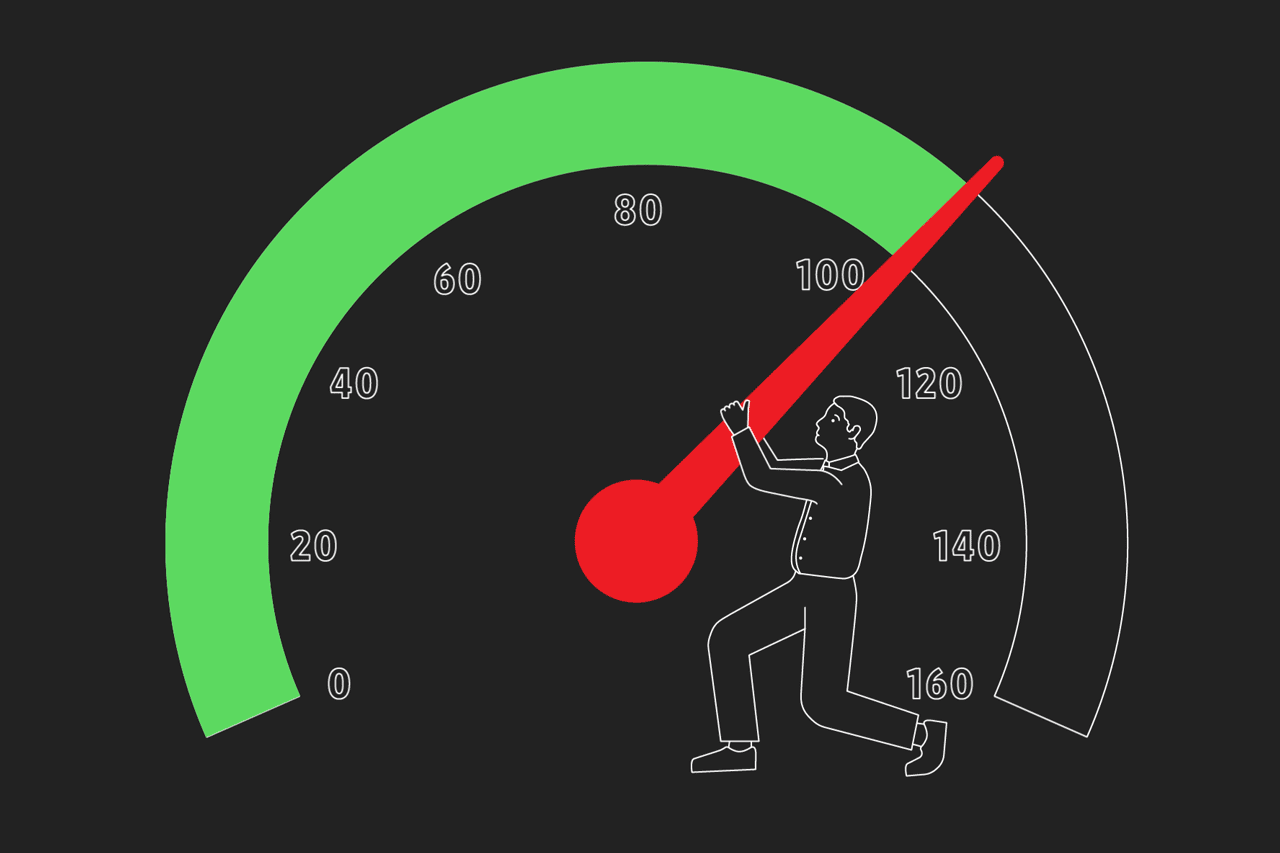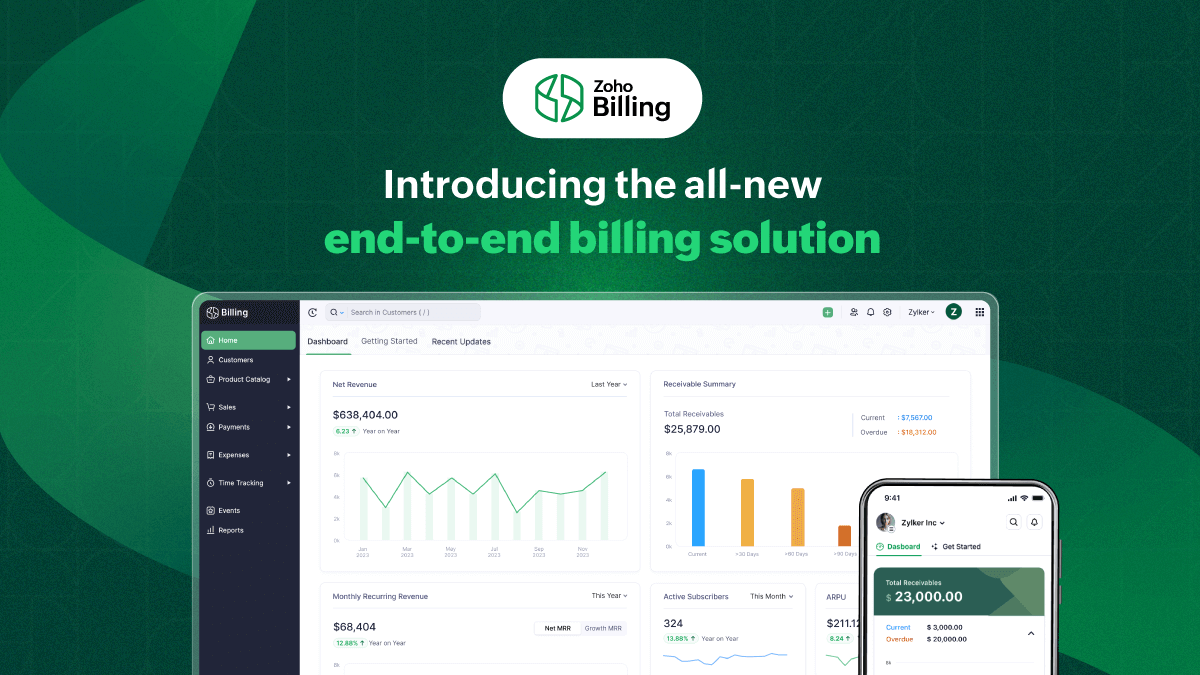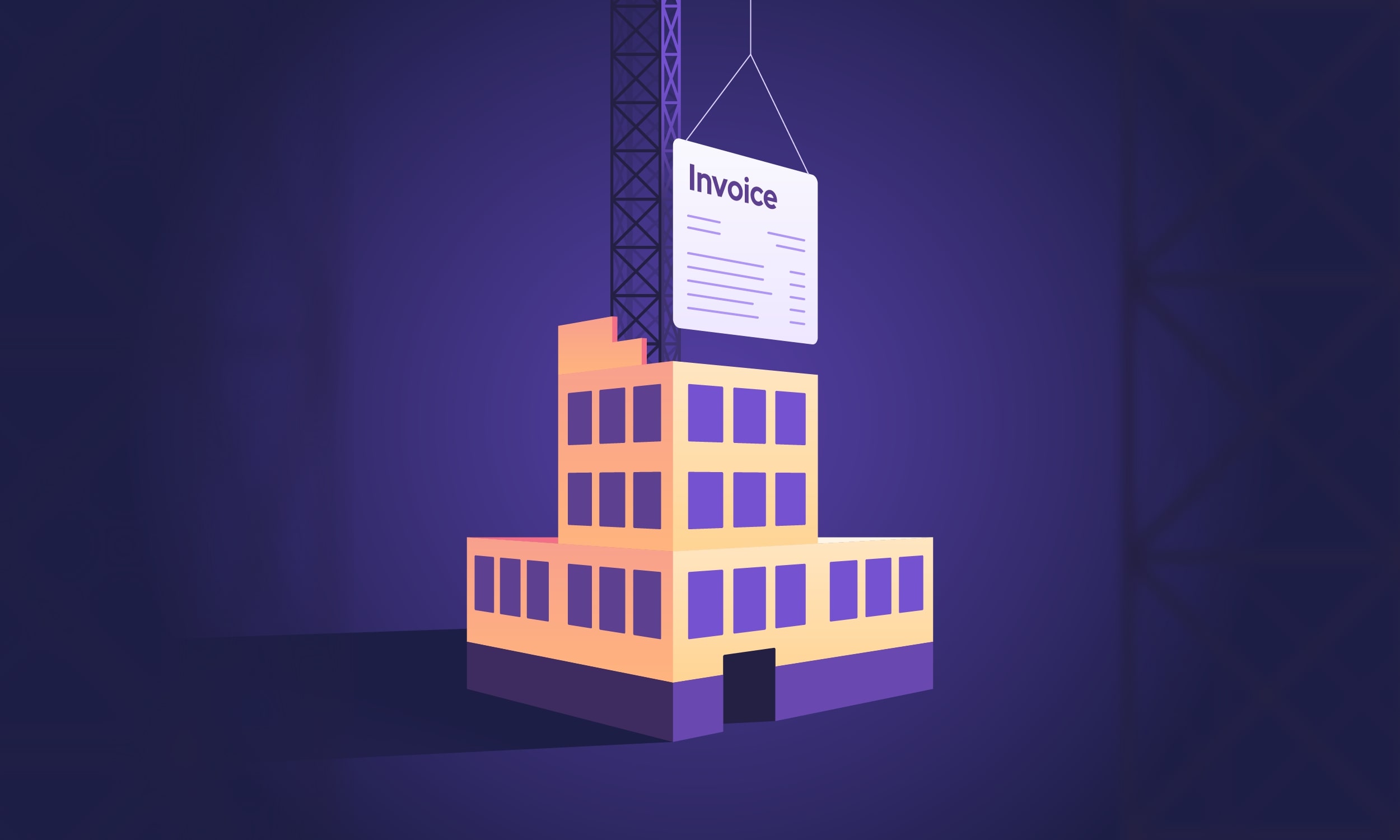
Accurate revenue recognition is more than an accounting checkbox for SaaS, crypto-native, and digital subscription businesses. It is a foundational discipline that ensures financial statements are trustworthy, investor confidence remains high, and regulatory compliance stands up to scrutiny. In the onchain era, where subscriptions are managed via blockchain smart contracts, the need for precision in revenue recognition is amplified by the transparency and immutability of distributed ledgers.

Why Prorated Revenue Recognition Matters for Onchain Subscriptions
Subscription models thrive on recurring payments and predictable cash flow, but real-world usage rarely aligns perfectly with billing cycles. Customers start or end services mid-period. Plans are upgraded or downgraded partway through a month. In these scenarios, prorated revenue recognition becomes essential: it allocates income based on the actual days a service was delivered within a billing cycle.
This approach is not just best practice – it is required to comply with modern accounting standards and to present an accurate financial picture. For blockchain-based businesses, every transaction is recorded on-chain, so any mismatch between billed amounts and recognized revenue becomes instantly visible to auditors and stakeholders.
Common Prorated Revenue Recognition Methods
The most widely accepted methods for prorating subscription revenue are:
Key Methods of Prorated Revenue Recognition
-

Daily Recognition: Revenue is recognized based on the exact number of days the subscription is active within a billing period, ensuring precise allocation. Example: $100 subscription from Feb 13–Mar 12 is recognized at $3.70/day.
-

Evenly Distributed with Prorated Values: Total revenue is divided equally across all periods, with the first and last periods prorated by active days. Example: $1,200 annual subscription starting Oct 15 recognizes $54.84 for October (17/31 days).
-

Straight-Line, Prorated: Revenue is recognized evenly over full periods, with partial periods prorated based on active days. Example: $12,000 annual subscription starting Oct 15 recognizes $558.90 for October (17 days).
-

Smart Contract Automation: On-chain subscriptions use smart contracts to automate prorated billing and revenue recognition, ensuring accuracy and compliance with standards like ASC 606 and IFRS 15.
-

Auditability via Blockchain: Immutable blockchain records provide transparent, verifiable evidence of revenue recognition, simplifying audits and compliance checks.
- Daily Proration: Revenue is recognized based on the exact number of active service days in a period. For example, if an annual subscription starts on October 15th at $12,000 per year, only the portion covering October 15-31 (17 days) is recognized that month. With 365 days in the year, daily revenue would be $12,000/365 ≈ $32.88 per day; thus October’s recognized revenue is approximately $558.96 (Ordway Labs).
- Even Periods with Prorated Values: Revenue is distributed evenly across full months or periods, while partial periods are calculated based on active days. Using our example:
- Full months (November to September): $1,000 each month
- Partial October: $1,000 × (17/31) ≈ $548.39
- Partial final October (next year): $1,000 × (14/31) ≈ $451.61
This method balances simplicity with accuracy for both finance teams and automated systems.
The Blockchain Advantage: Transparency Meets Automation
The emergence of onchain subscriptions, managed via smart contracts on blockchain networks, offers unique opportunities for accurate proration:
- Immutability: Every change in subscription status – from activation to upgrade or cancellation – is recorded permanently.
- Real-time Data Feeds: Billing events can be instantly fed into accounting software for dynamic proration calculations.
- No Manual Guesswork: Automated logic ensures that recognized revenue always matches actual service delivery down to the day.
This level of automation is especially valuable when handling complex scenarios such as mid-cycle plan changes or partial refunds. Instead of relying on spreadsheets or error-prone manual adjustments, businesses can trust their financials reflect reality at all times.
Pitfalls of Ignoring Proration in Crypto SaaS Billing
If you skip proration or rely solely on periodic flat-rate recognition methods without adjustment for mid-cycle changes, you risk overstating or understating your actual earned income – a mistake that can have regulatory consequences and erode stakeholder trust.
Moreover, in the fast-evolving crypto SaaS landscape, revenue recognition errors can ripple outward, affecting everything from tax liability to investor valuations. Since blockchain transactions are public and immutable, discrepancies are not just internal issues – they’re visible to all participants in the ecosystem. This makes onchain billing accuracy more than an aspiration; it’s a necessity for sustainable growth.
Integrating Prorated Revenue Recognition with Blockchain Systems
Implementing prorated revenue recognition in a blockchain environment requires a blend of robust accounting logic and seamless integration with onchain data. Businesses should:
- Automate Proration Calculations: Use accounting platforms like Ordway or Zoho Billing that natively support proration rules for recurring subscriptions (Ordway Labs). Automation reduces manual errors and ensures consistent application of your policies.
- Sync Onchain Events: Ensure your accounting stack ingests blockchain event logs (such as subscription starts, upgrades, downgrades, or cancellations) in real time. This allows your revenue recognition engine to dynamically adjust recognized income as service delivery changes.
- Reconcile Regularly: Schedule periodic audits comparing recognized revenue against actual service provision and onchain transaction data. This step is crucial for compliance and for catching edge cases where manual intervention may still be needed.
The result is a system where every dollar of recognized revenue is transparently tied to actual service delivery, with no lag or ambiguity, a huge leap forward from legacy SaaS billing models.
Best Practices for Crypto SaaS Revenue Accounting
If you’re building or operating a decentralized subscription platform, consider these best practices to optimize your revenue management:
Best Practices for Accurate Crypto SaaS Revenue Accounting
-

Use Automated Prorated Revenue Recognition Tools: Leverage established accounting platforms like Zoho Billing and Ordway to automate daily or period-based proration, minimizing manual errors and ensuring compliance with standards.
-

Integrate Blockchain Data with Accounting Systems: Ensure your accounting software can ingest on-chain data, accurately capturing subscription start, end, and modification events for precise proration and reporting.
-

Configure Smart Contracts for Prorated Billing: Design smart contracts to handle mid-cycle upgrades, downgrades, and cancellations, automatically adjusting recognized revenue based on actual service periods.
-

Align with Accounting Standards (ASC 606/IFRS 15): Follow global standards such as ASC 606 or IFRS 15, which require revenue to be recognized as service control is transferred. Ensure your system supports these frameworks for regulatory compliance.
-

Maintain Transparent, Auditable On-Chain Records: Utilize blockchain’s immutability to store subscription and revenue events, enabling easy audits and verifiable financial reporting.
-

Conduct Regular Revenue Recognition Audits: Periodically review recognized revenue against actual service delivery and blockchain records to catch discrepancies and uphold accuracy.
- Document Your Methods: Clearly outline how you calculate proration and handle edge cases (e. g. , leap years, mid-period plan changes) so auditors and stakeholders can easily verify your approach.
- Leverage Smart Contracts: Where possible, embed proration logic directly into your smart contracts. This reduces reliance on off-chain systems and further increases transparency.
- Stay Agile with Updates: As standards evolve (such as new guidance from FASB or IFRS), update your processes promptly to maintain compliance and competitive advantage.
The future of subscription billing is both transparent and automated. By combining the rigor of accrual-based accounting with the power of blockchain smart contracts, businesses can unlock new levels of trust and efficiency, whether you’re running a large crypto-native SaaS enterprise or launching a decentralized digital content platform.
The bottom line: embracing accurate prorated revenue recognition isn’t just about meeting regulatory requirements; it’s about building credibility in an open financial system where every transaction counts. The businesses that get this right will lead the next wave of innovation in blockchain-powered recurring billing, and set new standards for transparency in digital finance.






